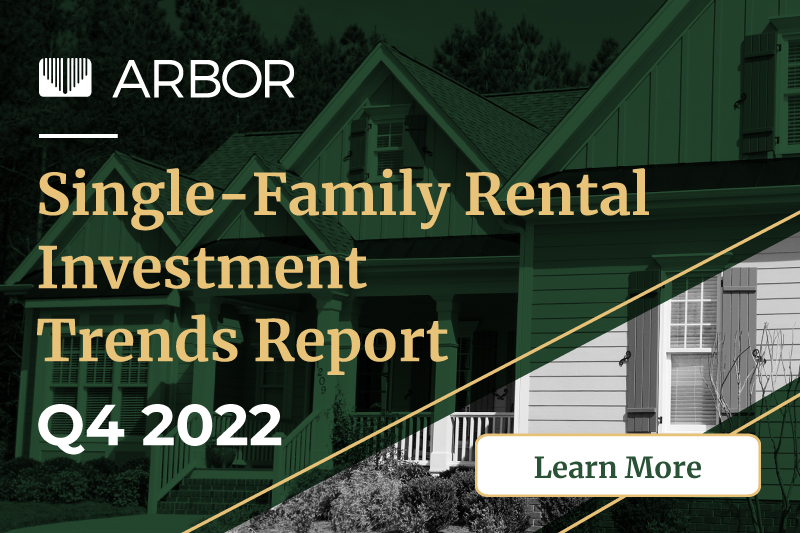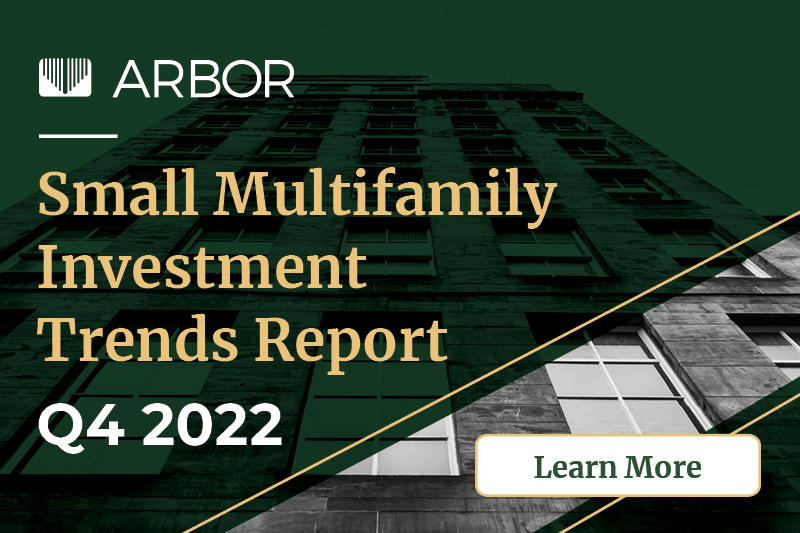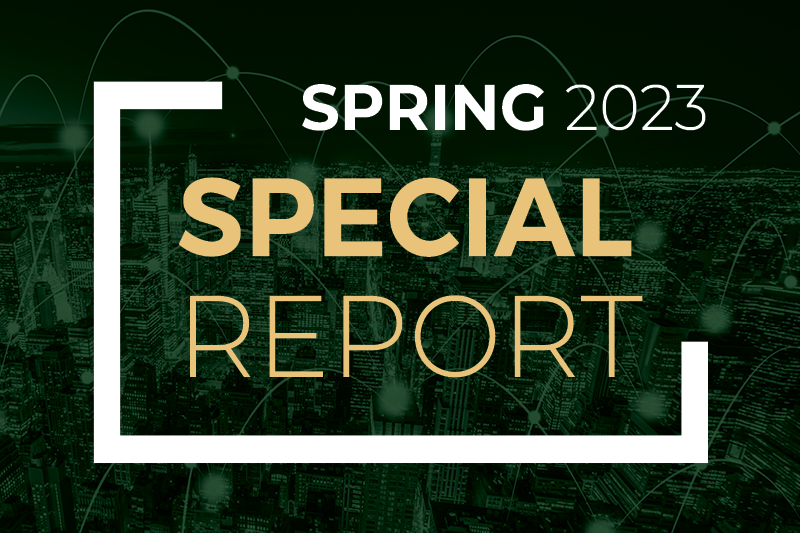Current Reports
With the cost of living climbing, the need for affordable housing has become more urgent. Although demand continues to outpace available supply, multifamily investment in affordable housing is fortified by Low-Income Housing Tax Credits (LIHTC), Project-Based Section 8, and the Housing Choice Voucher (HCV) programs. Arbor’s Affordable Housing Trends Report Fall 2023, developed in partnership with Chandan Economics, examines the supply-driven programs and policies designed to improve supply at a point in time when federal gridlock has stalled many funding increases.
Analysis
Multifamily rent growth in the U.S. continued to be distributed throughout a variety of markets, which contrasted with the previous two years when Sun Belt markets dominated the list.
FANNIE MAE® Workforce Housing Social Impact Financing: Sponsor-Dedicated Workforce Housing (SDW)
FANNIE MAE® Workforce Housing: Sponsor-Initiated Affordability (SIA)
Current Reports
Arbor’s Small Multifamily Investment Trends Report Q4 2023, developed in partnership with Chandan Economics, is a snapshot of a strong and resilient subsector continuing to navigate ongoing market dislocation. The report shows that distress has remained limited, even with valuations and measures of risk pricing in flux. As conditions start to stabilize, there are signs that deal activity is picking up.
Analysis
The U.S. multifamily market held steady during the third quarter of 2023, as high mortgage rates and a lack of inventory in the housing market continued to drive rental demand.
Articles
Over the past year and a half, the Federal Reserve has embarked on one of its most aggressive monetary tightening cycles in history. With the federal funds rate sitting above 5.25% and two more Federal Open Market Committee (FOMC) policy meetings scheduled through the end of 2023, questions remain about how short- and medium-term monetary policy adjustments could influence multifamily investing. While a rapid reversal is unlikely, the next phase could ease some interest rate pressure.
Current Reports
Arbor’s Top Markets for Large Multifamily Investment Report 2023 is a roadmap for investors searching for the most desirable locations to invest $20 million or more. Developed in partnership with Chandan Economics, the study is a market-level comparison of the top 50 U.S. cities poised for apartment sector growth over the next year. This annual report pinpoints areas of opportunity at a time when economic headwinds have altered individual market dynamics.











